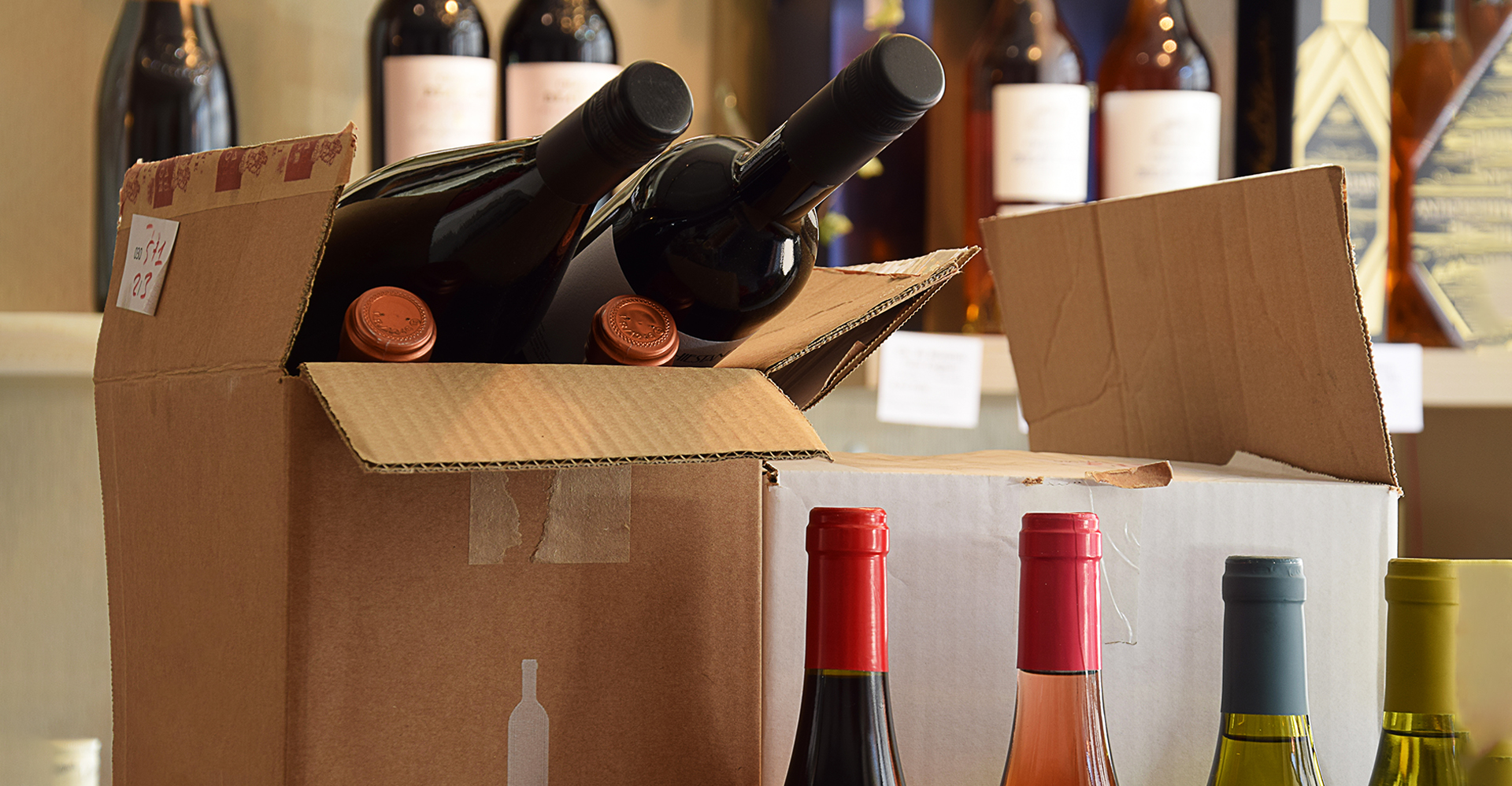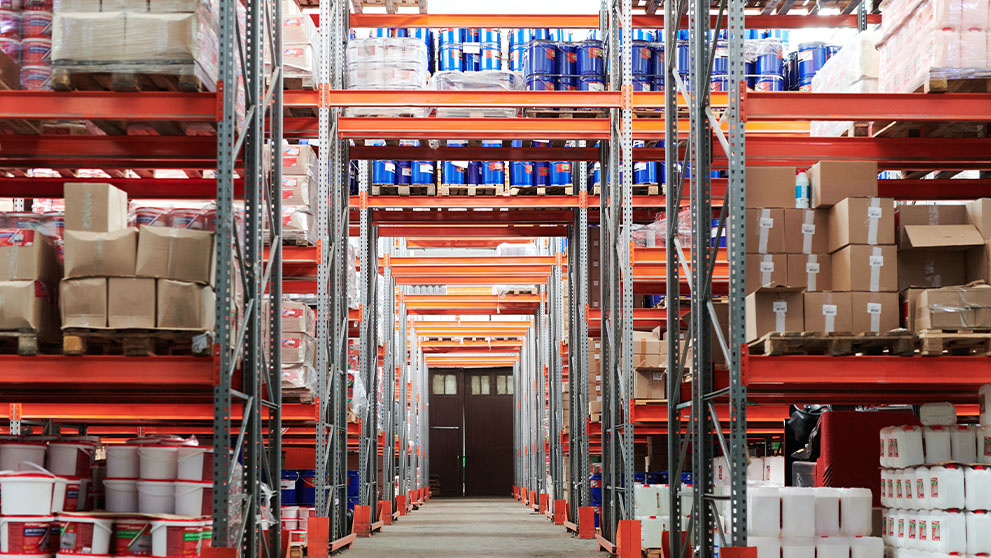Tracking the whereabouts of your parcel and ensuring accurate deliveries can be a perplexing task.
However, there's a crucial document that plays a vital role in streamlining the process: the air waybill (AWB).
What Is an Air Waybill (AWB)?
An air waybill is one of the shipping documents that is issued by the sender to provide detailed information about the goods being shipped to the receiver.
It is commonly seen attached to the exterior of the shipment and is shipped by international air courier services.
On the airway bill, you will find 5 types of information:
1. Shipper's details and address
Includes the name and contact information of the person or company sending the shipment.
2. Receiver's details and address
Includes the name and contact information of the intended recipient of the shipment, along with the destination address.
3. Shipment details
Information about the weight, dimensions, and accurate description of the contents.
4. Barcode
For customs and logistics service provider to check shipment and provide accurate tracking updates throughout shipment's journey.
5. Payer account number
This refers to a valid DHL Express account number who pays the transportation fees.
Apart from these specific, AWB also encompasses information like the three-letter origin airport code, three-letter destination airport code, declared shipment value for customs, number of pieces, and any special instructions (e.g., "perishable").
Why Do I Need an Air Waybill?
The air waybill (AWB) serves multiple purposes in the shipping process, connecting all parties involved and acting as proof of the shipment.
Here are the main functions of an AWB:
Tracking capability
The unique tracking number on the AWB allows senders and receivers to track their parcels and access the updated information of the location and arrival time.
Customs declaration
The AWB contains necessary information for customs authorities, assisting in customs clearance.
Documentation of goods
The AWB includes details of weight, dimensions, packaging, and a description of the goods, aiding in handling and storage processes at the destination.
Contract of carriage
The AWB represents the agreement and terms and conditions between the shipper and carrier for goods transportation.
Efficient parcel delivery
The AWB enables couriers to sort parcels by territory or postcode
Legal evidence
Once the AWB is signed by both parties, it becomes enforceable by law. In case of conflicts, claims, or disputes, the air waybill can be used as legal evidence to resolve the issue.
When do I need an Air Waybill (AWB)?
You will always need a physical air waybill when shipping anything, whether domestically or internationally.
The number of copies may vary depending on the shipping journey and courier of your choice, but it is advisable to have at least three copies of the air waybill to serve as proof for yourself, the courier, and the receiver to sign.
Is an Air Waybill the same as a tracking number?
Yes, the unique number on the air waybill is also known as the tracking number. It is used to track the shipment's journey to the destination.
How do I put/attach a waybill on a parcel?
To ensure the proper attachment of a waybill to a parcel, follow these 4 steps:
Step 1: Place the selected 3PL air waybill (shipping label) on the top of the box. This allows for easy reference and helps maintain the upright position of the shipment during transit.
Step 2: Ensure that the air waybill is fully visible on one surface and does not cover any seams, edges, closures, or the top of sealing tape.
Step 3: Avoid overlapping the air waybill with other labels, tape, or paperwork to prevent obscuring the barcode.
Step 4: For added security, consider placing a spare label inside the package. This can assist the 3PL in identifying your shipment if the original label becomes detached or damaged.
How many digits is the DHL waybill number?
A DHL Express waybill number consists of 10 numerical digits.
Example format: 12 3456 7890
How do I create a DHL Air Waybill?
An airway bill can be generated using DHL's shipment tool, MyDHL+, when you book a shipment with us online.
The tool will prompt you to input sender, recipient, and shipment details. Once you've provided all required information, the airway bill will be generated.
Alternatively, if you prefer to send your shipment at our service point, our retail officer will create the airway bill for you
How to Fill Out an Air Waybill (AWB)?/What Should I Fill In an AWB?
Previously, AWBs were filled out by hand on paper and attached to the shipment. However, the process has gone digital since 2019. Shippers can now enter the required details online, and the AWB is generated and stored digitally. However, a printed AWB still needs to be attached to the shipment for identification purposes.
When filling out an air waybill, providing accurate and complete information is crucial for smooth shipping. The responsibility for filling out the AWB lies with the shipper or sender of the shipment.
Here's what you need to include in the AWB:
Sender Information |
|
Receiver Information |
|
Shipment Details |
|
Other Delivery Details |
Remarks: If there are any specific requirements or delivery deadlines, you can mention them in the remarks section of the consignment notes. |
How can I track my DHL shipment using the AWB number?
Enter your air waybill (AWB) number, a 10-digit numerical code for DHL Express shipments, into the DHL tracking system.
What is the difference between an Air Waybill and an Invoice?
An air waybill (AWB) and an invoice are two essential documents used in the shipping and customs clearance process.
While they are related, they serve different purposes.
An Air Waybill serves as proof of ownership of the goods or products being shipped and contains information about the sender and recipient. It is attached to the package and allows customs officials to access key information.
On the other hand, an invoice is a request for payment for goods sold internationally and is used by customs authorities for customs clearance, determining duties, taxes, and tariffs to be paid. The invoice must be accurate and correspond with the contents of the shipment and the details on the AWB to ensure smooth customs processing.
What are the differences between consignment note, shipping label, and air waybill in Malaysia?
In Malaysia, different courier companies may use various terms such as consignment note, shipping label, or air waybill to refer to their shipping documents.
While these terms may have slight variations in other countries, in Malaysia, an air waybill is the standard shipping document used for both domestic and international shipments.
Therefore, there is no need to worry about the differences between these terms, as couriers in Malaysia treat them as the same document.


















































